From passion for national culture
Meeting at the Long House Cafe in Buon Ma Thuot City, Mr. Y Jima and his son transported a model of a long house from home to introduce to us. "More than 20 years ago, after observing many traditional long houses in my friends' locality, I had the idea of creating miniature long house models made from familiar materials such as bamboo, reed, and grass...", Mr. Y Jima said.
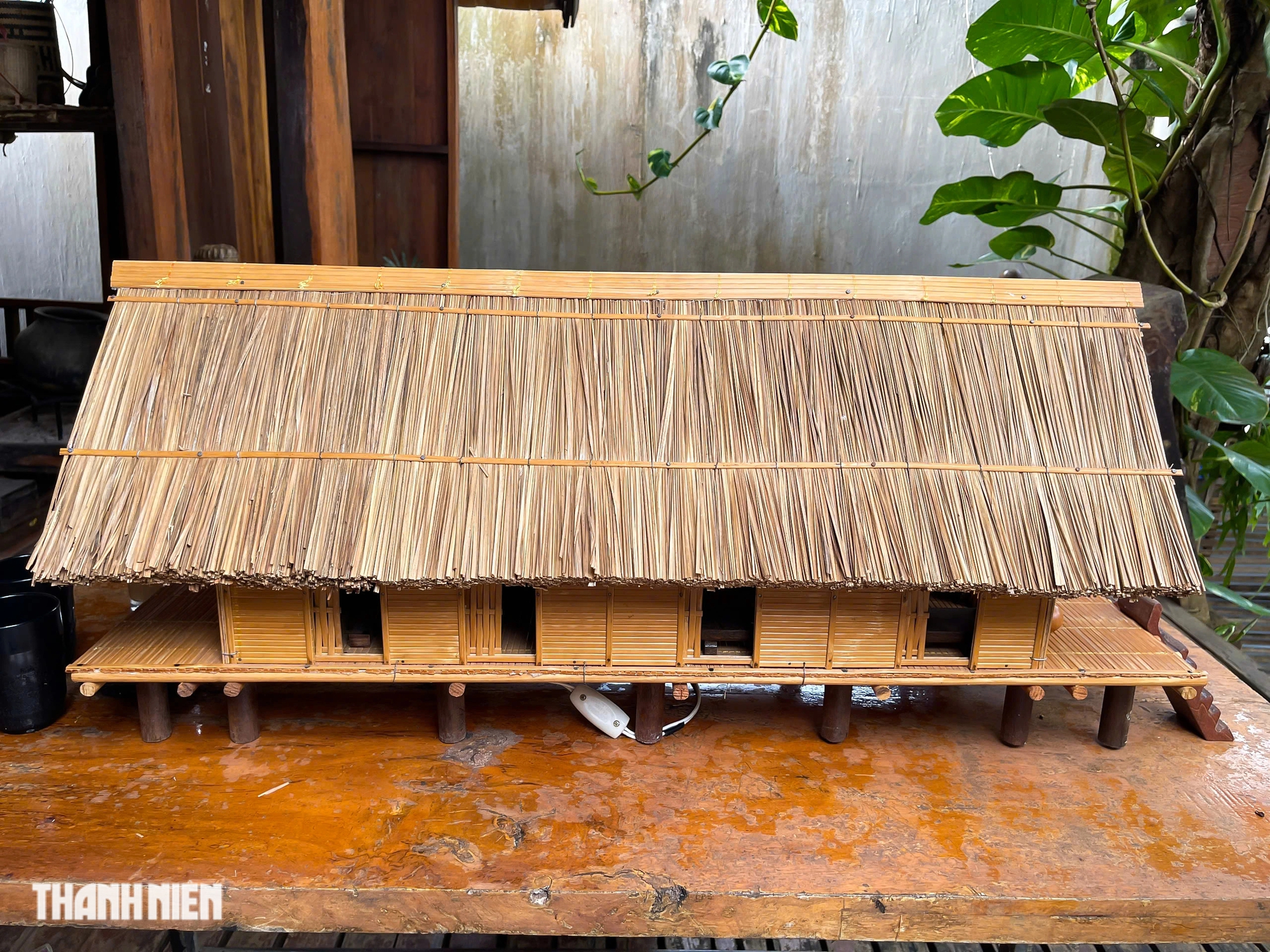
Long house model of Mr. Y Jima
Since childhood, he has had the desire to live in the traditional long house of his people. In 2005, through observation and research from many different sources, he searched for bamboo, reeds, and cut cogon grass to use as materials to "build" a miniature long house. When he first made the miniature model, he encountered many difficulties in framing and connecting it to the floor. If he measured the dimensions too much or too little, the floor would be skewed at the corners and the next step would not be possible.
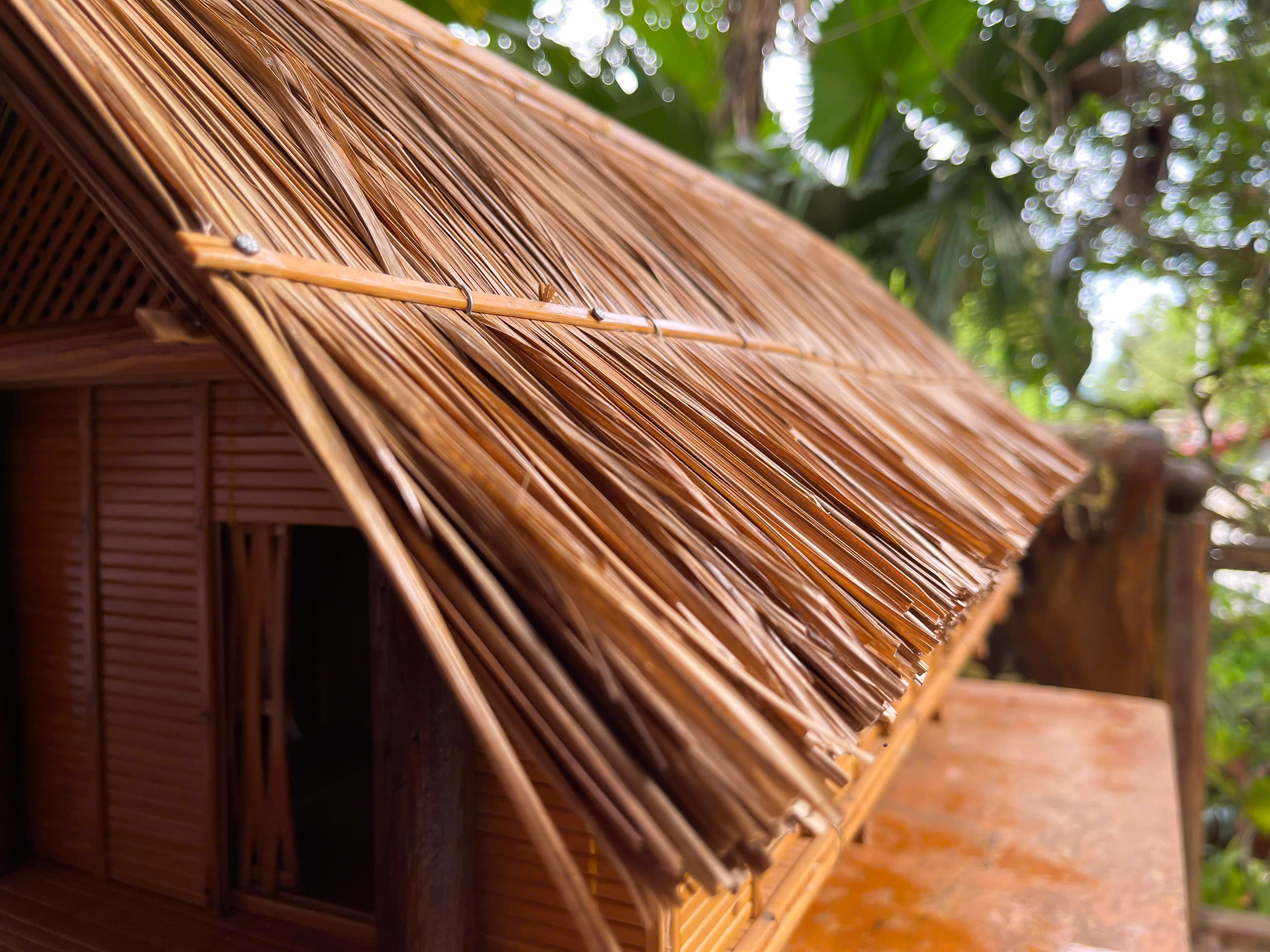
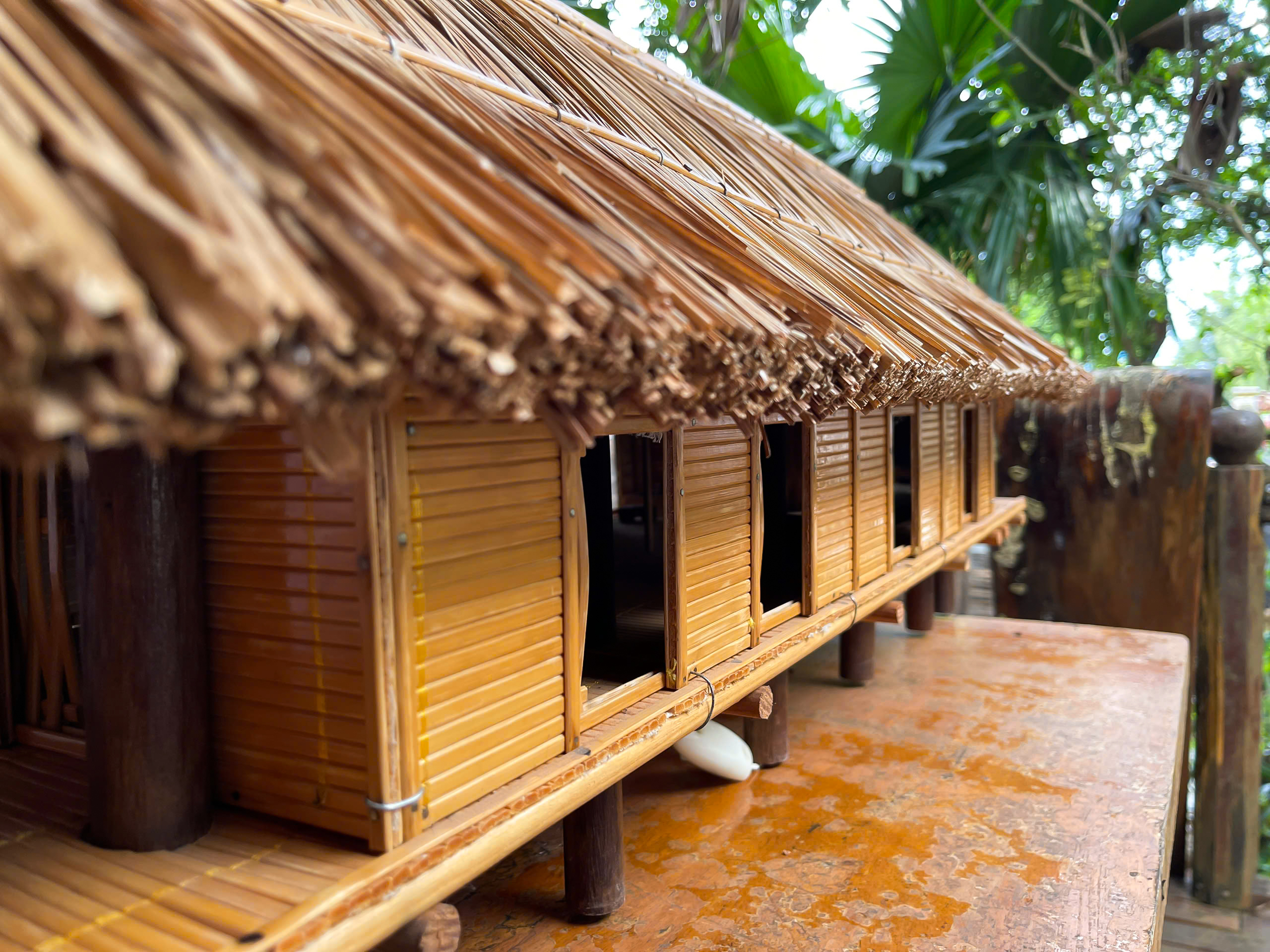
The roof is thatched with grass.
The first miniature long house is 54 cm long, 26 cm wide, 30 cm high, and took him about 5 days to design and complete. Mr. Y Jima said that when making the model, he had to whittle each bamboo tree, shape the details such as: walls, floors, roof strips, etc. He chose the house pillars from natural wood lines with high strength and beautiful colors. When making it, he wanted to create a miniature model that was as realistic as possible and exuded the rustic, simple, and distinctive features of the Ede people's architecture.
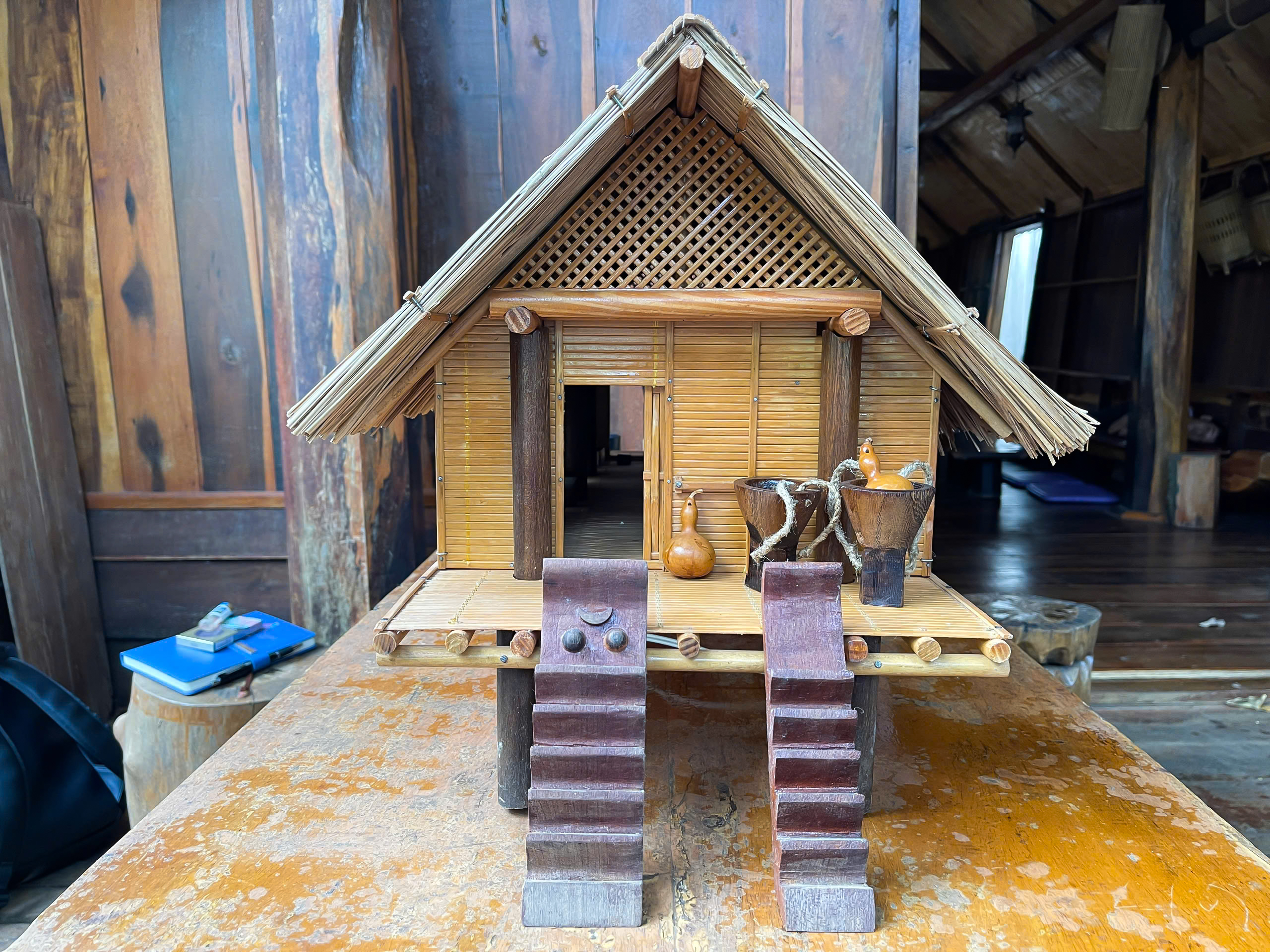
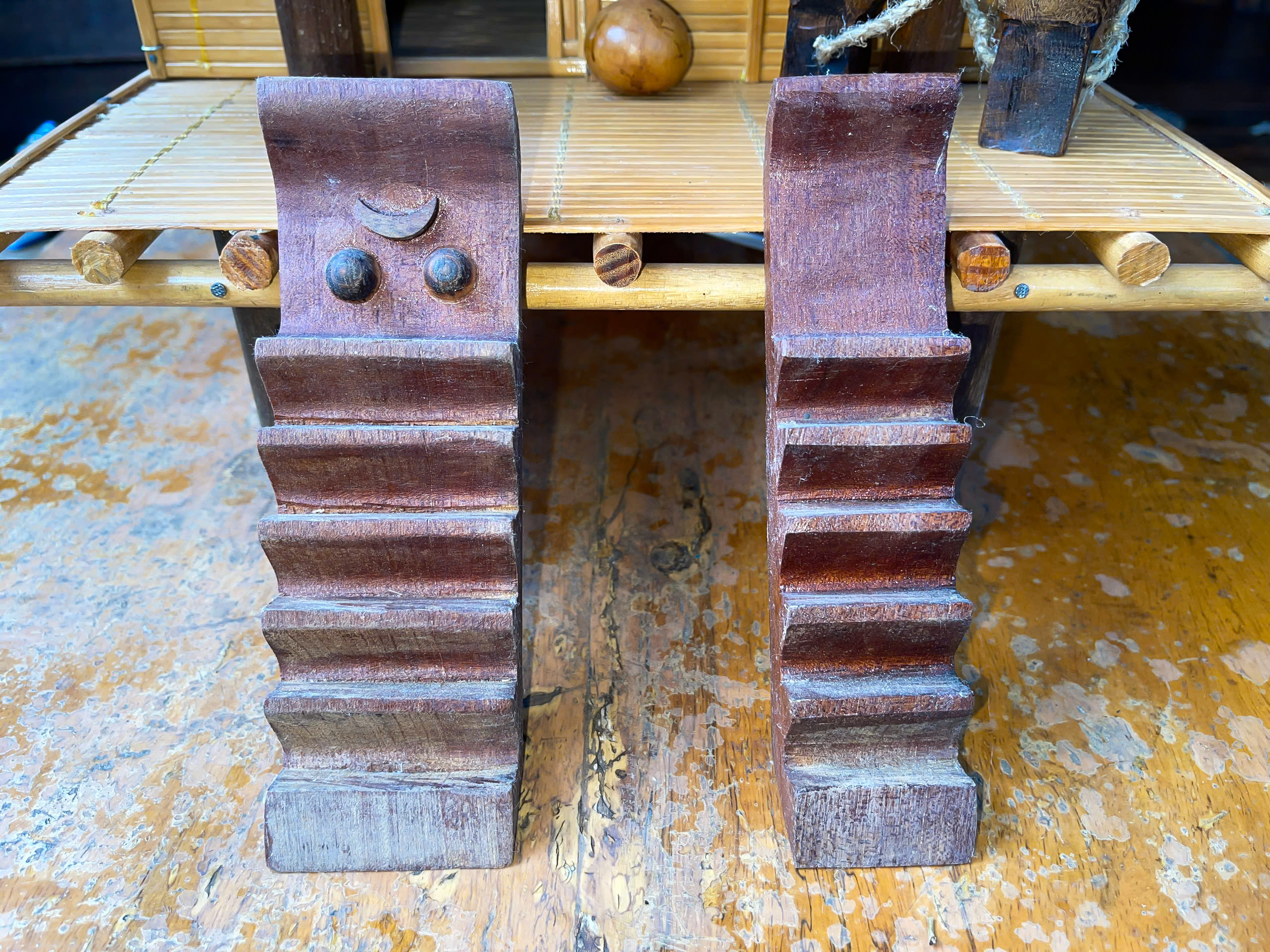
Stairs in the long house culture of the Ede people
In addition to fixing the floor to the frame, the roof is equally difficult, because the dimensions are very small, so connecting the grass and using bamboo strips requires perseverance and high precision. The first house was born, and his friends and relatives highly appreciated the form, detail and supported him to create larger, more unique models, in order to preserve the traditional beauty of the nation when the long houses were gradually lost. "In the early days of making long house models, I only did it because of my passion for the cultural identity of the nation. I wanted to build a miniature long house for myself, even though I had never lived in one since I was young," said Mr. Y Jima.
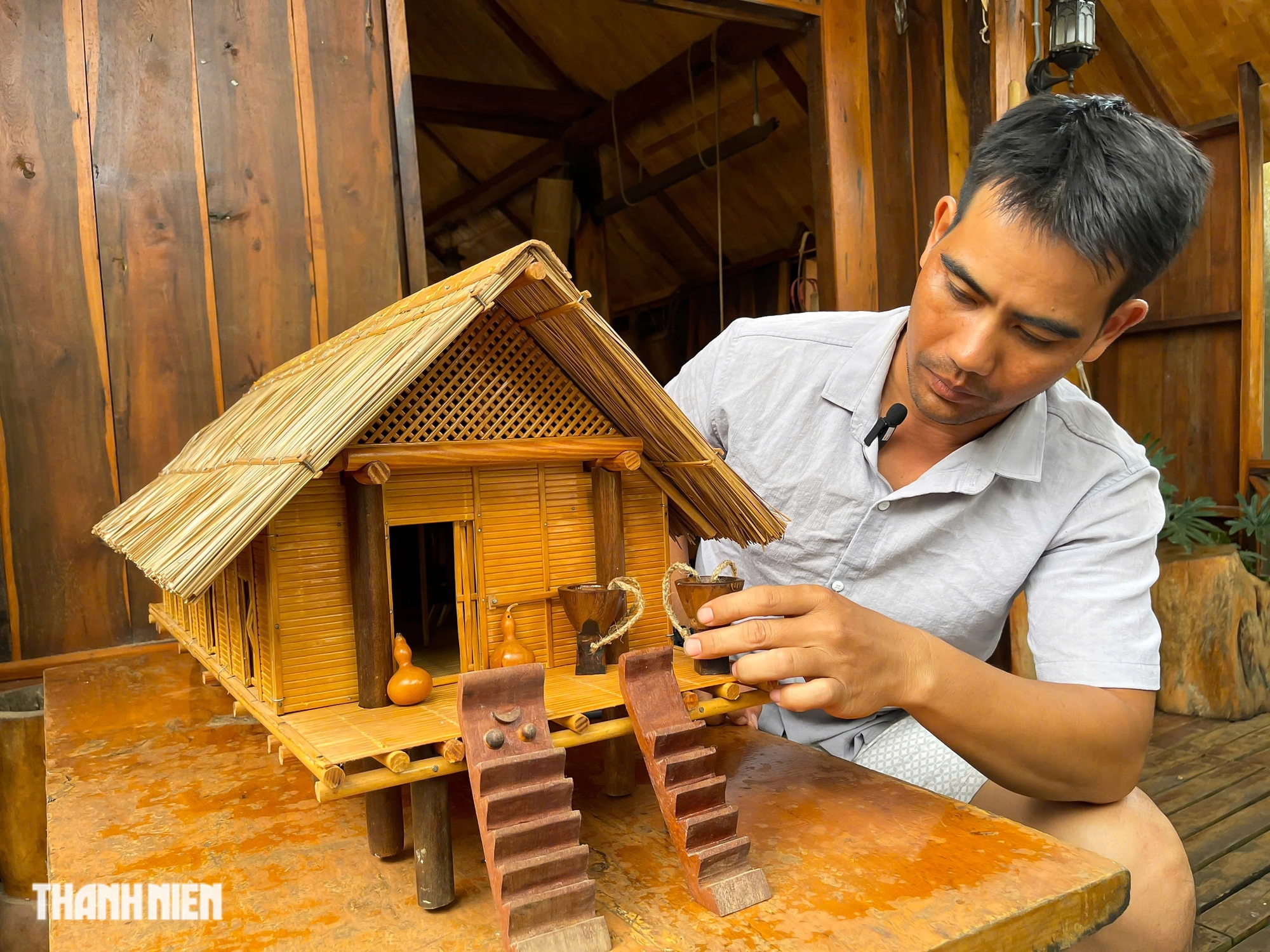
Mr. Y Jima next to the miniature long house
"Keeping the soul" of the long house
After more than 20 years in the profession, he concluded that cultural identity is something that the younger generations need to preserve. As long houses are becoming less and less, we must preserve images and products, such as miniature long house models. Each product created must have its own character, uniqueness and the soul of the artisan put into it, not industrializing the product for the number of customers.
"From the processed materials, people can also see the familiarity in the life of the Vietnamese people. When working on the beauty of national culture, I have to be precise in every detail, always keeping the rustic, classic features, especially when looking at the model, they know it is the long house of the Ede people", said Mr. Y Jima.
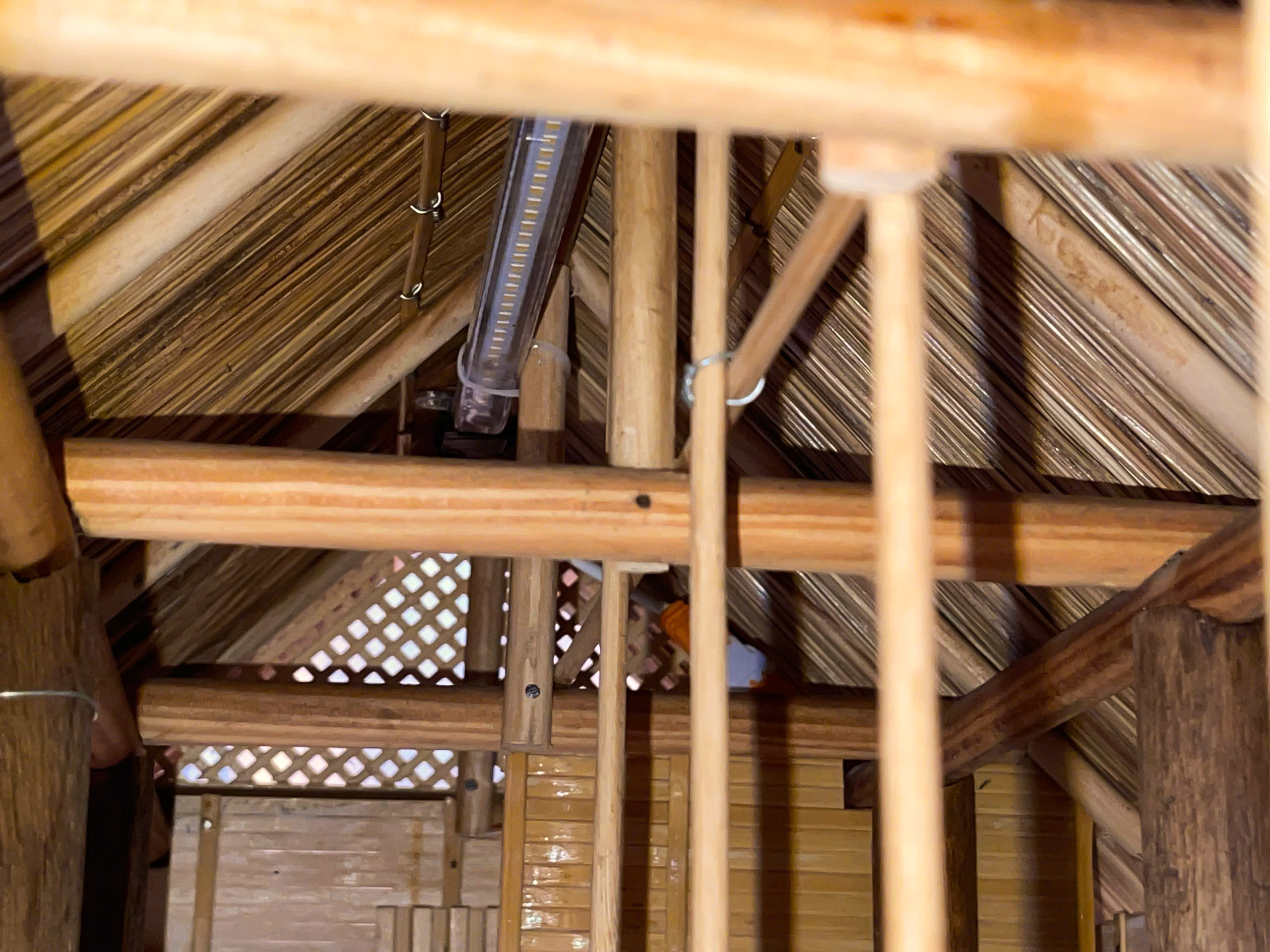
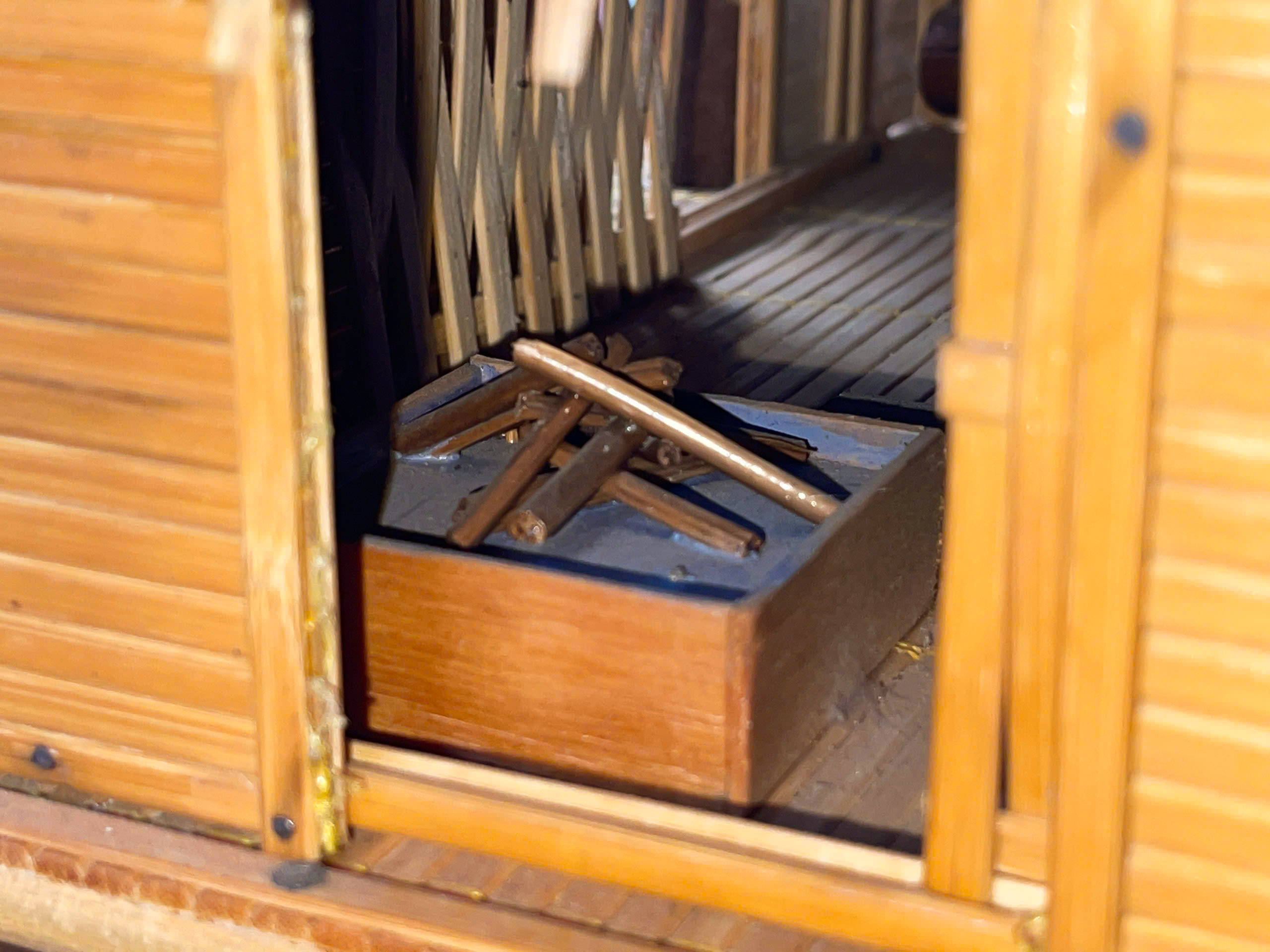
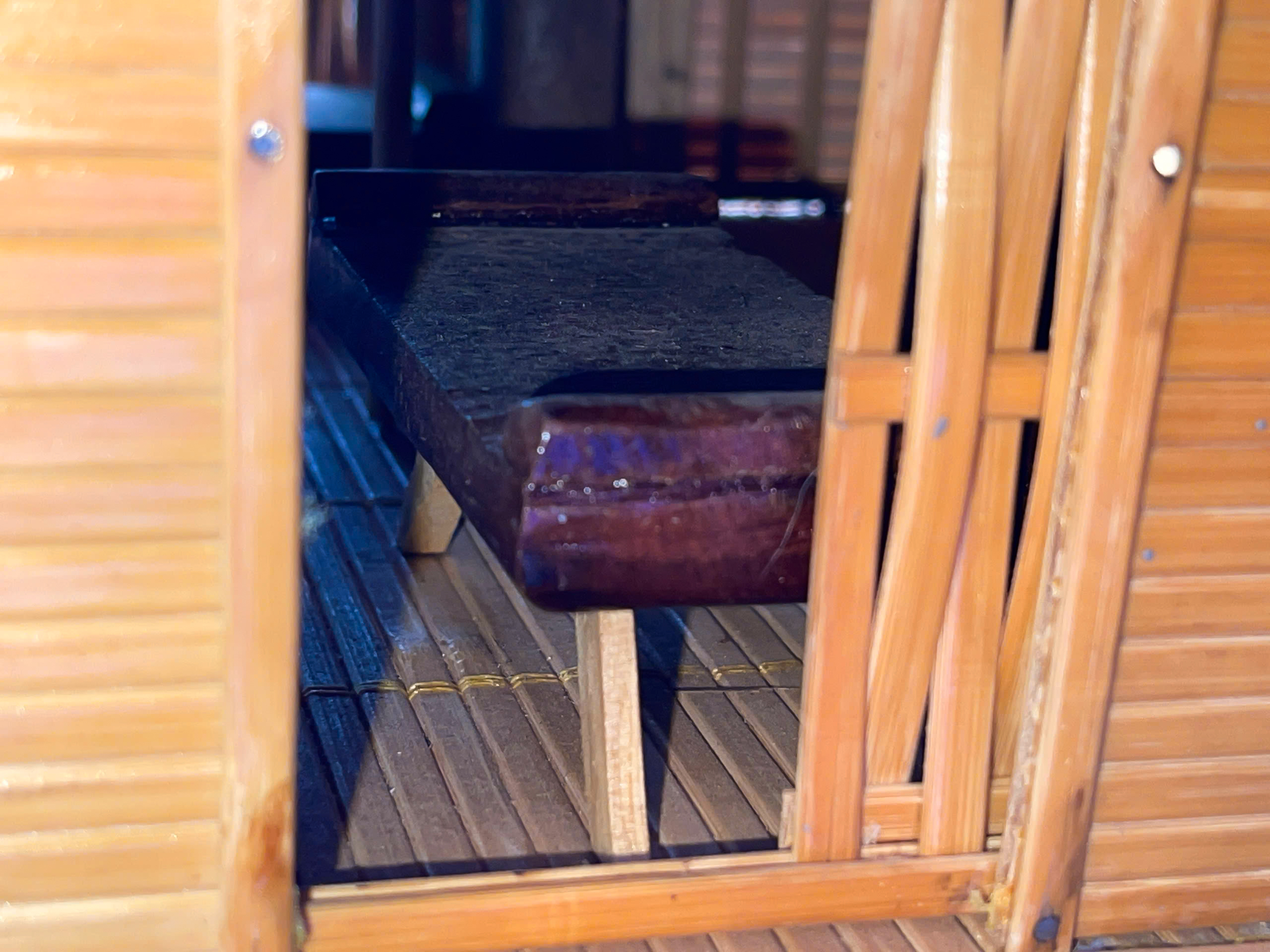
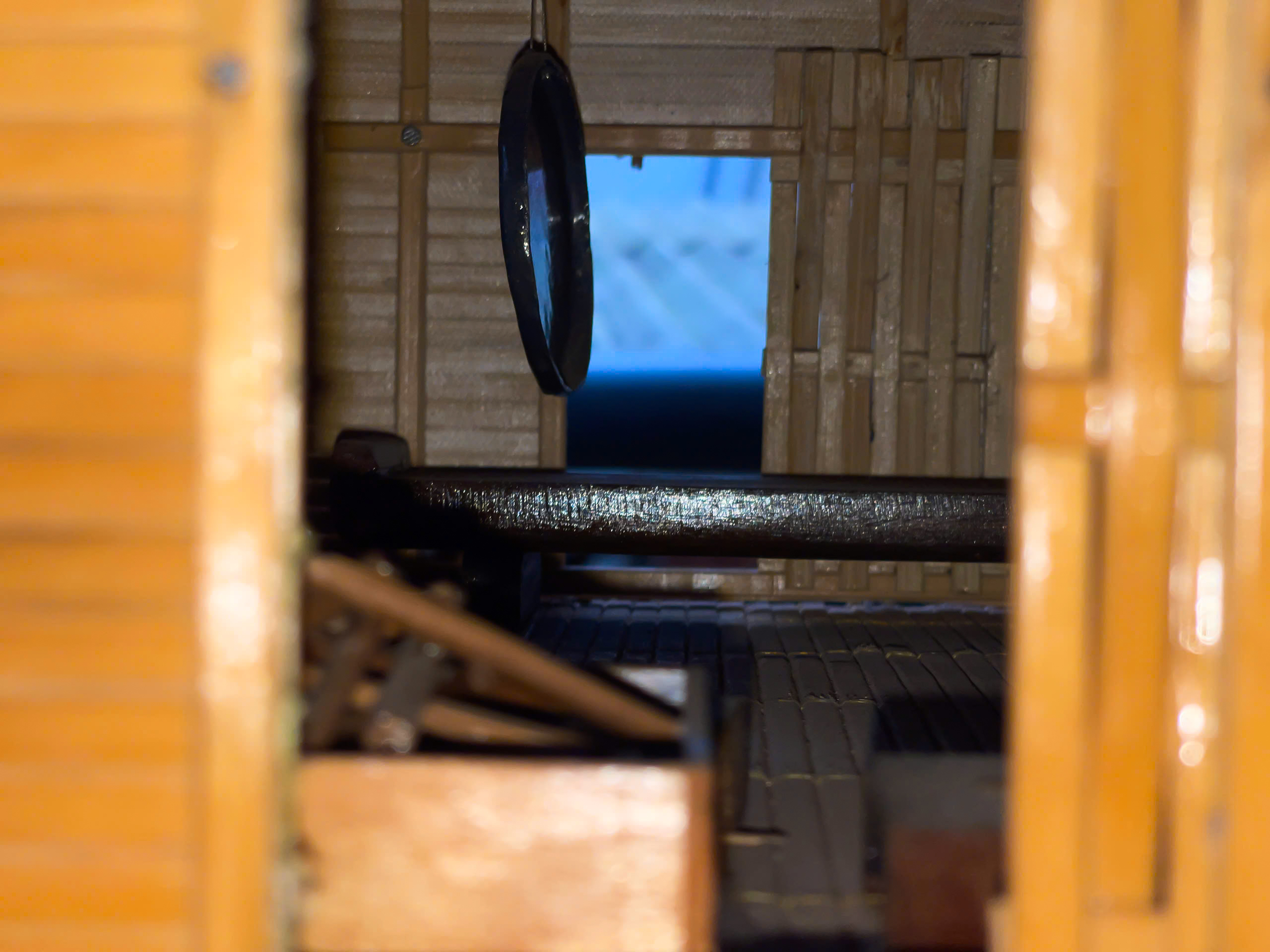
Inside the miniature long house
Depending on the customer's ideas and wishes, Mr. Y Jima will design Gia Rai long houses or communal houses according to the required size, with the ability to arrange the landscape and install decorative lights.
In 2009, the model measuring 1.2 m long, 46 cm wide, and 48 cm high took him more than a week to build and this was also the first product to be exported - to the US for 3,500,000 VND. In 2023, Mr. Y Jima sold 8 miniature house models, including 6 long houses and 2 communal houses. After deducting the costs of each house, he earned about 1,200,000 VND/house.
In addition to designing the long house, he also paid attention to every item displayed in the house. Traditional items associated with life, such as gongs, drums, knives, spears, bows, hoes, etc., of very small sizes, were all meticulously crafted by him.
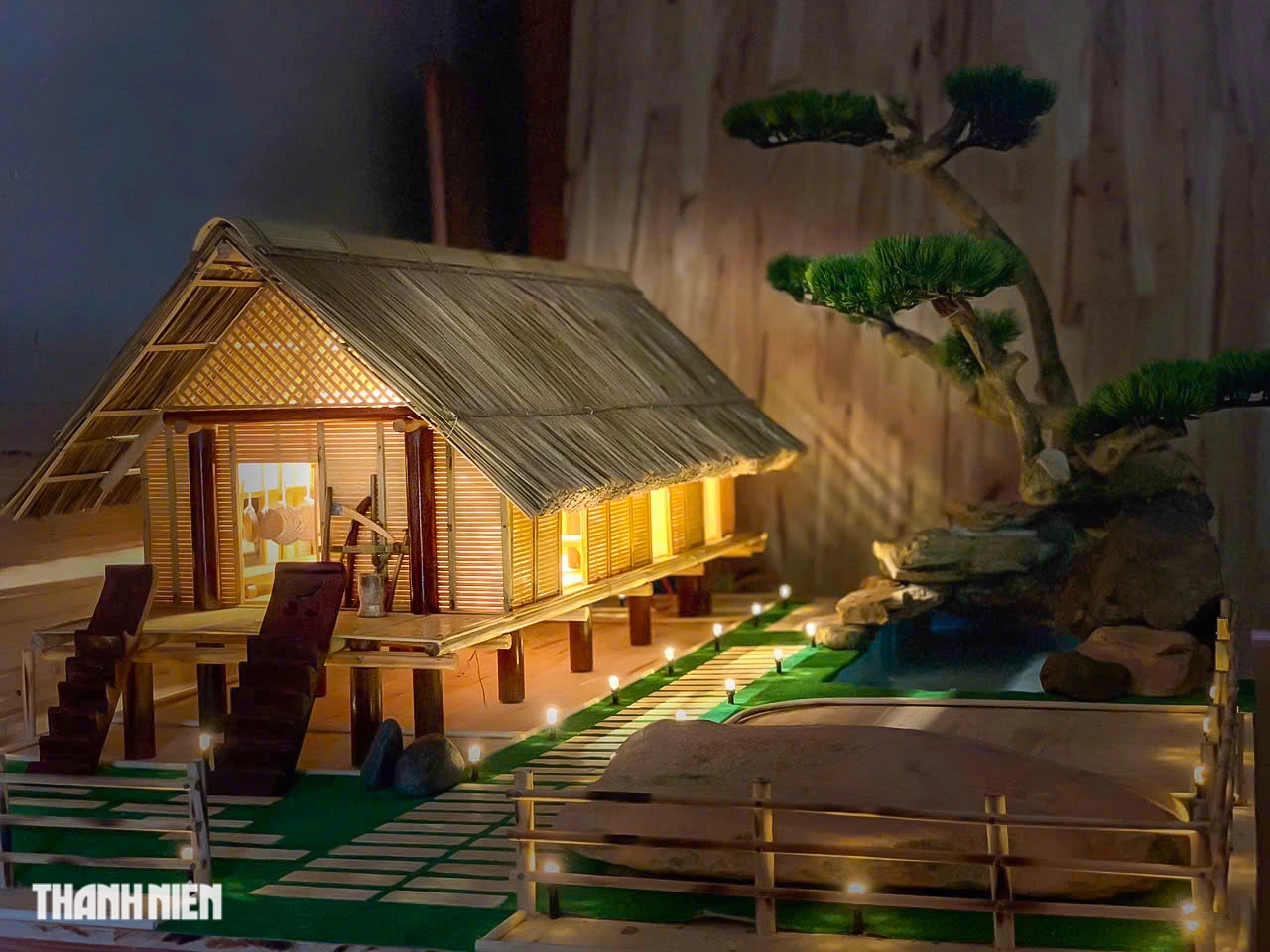
Perspective of miniature long house model
Mr. Y Jima said that if the house did not have farming tools, benches, gongs, a fire, a loft for storing seeds or a jar of rice wine, it would not create a traditional cultural space of the nation. When customers receive the product, they will feel like they are "living" in the Ede community through the smallest details.
"When making models, I don't just finish them to get money, but I have to put my soul into each product, each one has its own unique features, not the same but always in harmony with the culture of the Ede long house", Mr. Y Jima expressed and continued: "If a customer asks to buy a product, I also have to ask them if they really love the long house architecture or not, then I will sell it. I also hope that each customer, when experiencing the product, will spread the traditional culture of the Central Highlands. Moreover, customers must know how to preserve and maintain it as a sacred object, not to damage the image of the traditional miniature long house, which is the soul of many Central Highlands villages...".
Source: https://thanhnien.vn/doc-dao-mo-hinh-nha-dai-thu-nho-cua-chang-trai-e-de-185241107152218753.htm


![[Photo] National Assembly Chairman Tran Thanh Man meets with Thai Prime Minister Paetongtarn Shinawatra](https://vphoto.vietnam.vn/thumb/1200x675/vietnam/resource/IMAGE/2025/5/15/e71160b1572a457395f2816d84a18b45)
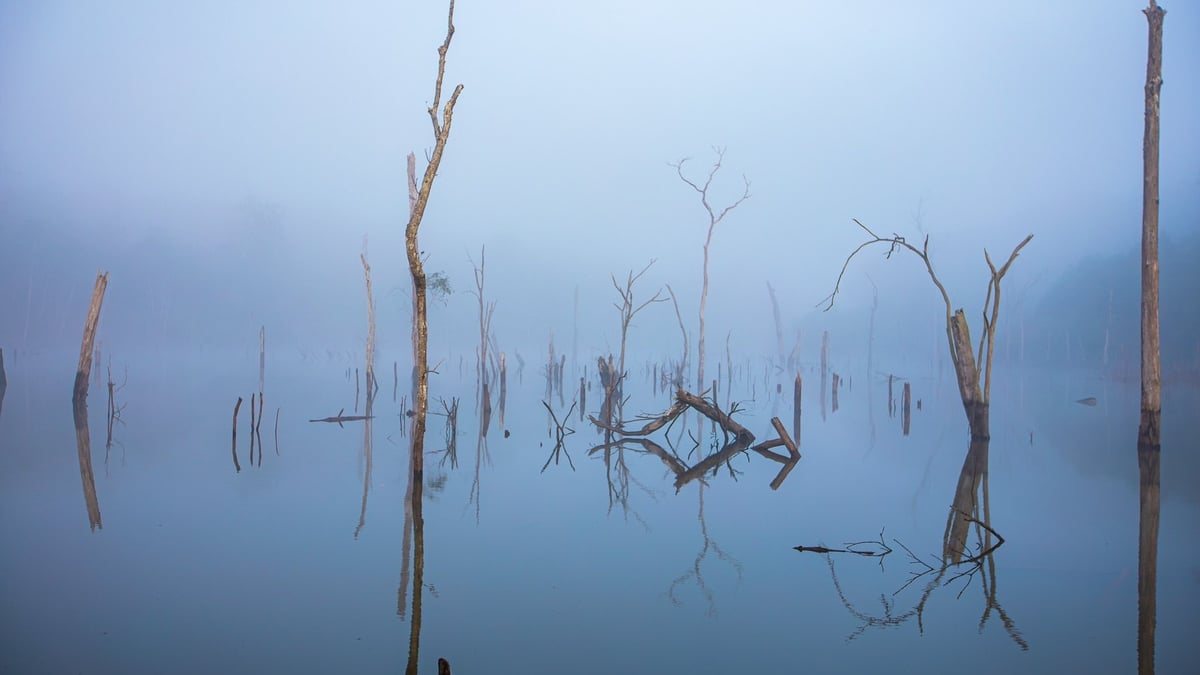

![[Photo] Prime Minister Pham Minh Chinh receives Country Director of the World Bank Regional Office for Vietnam, Laos, Cambodia](https://vphoto.vietnam.vn/thumb/1200x675/vietnam/resource/IMAGE/2025/5/15/2c7898852fa74a67a7d39e601e287d48)

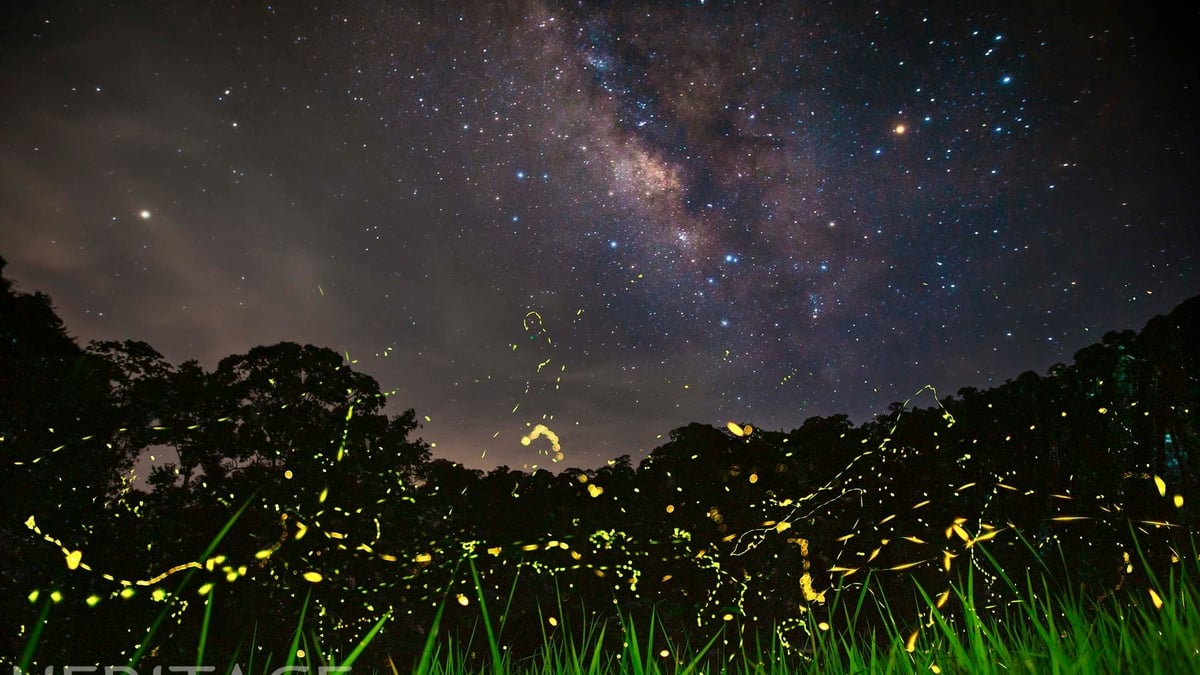
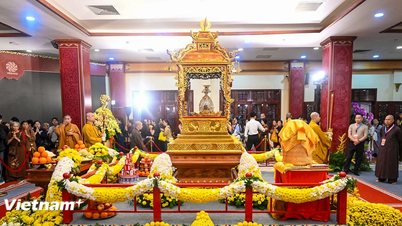

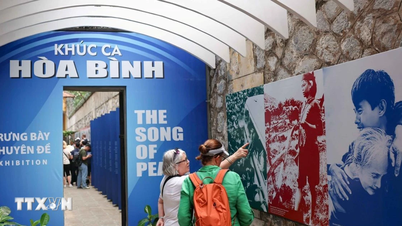
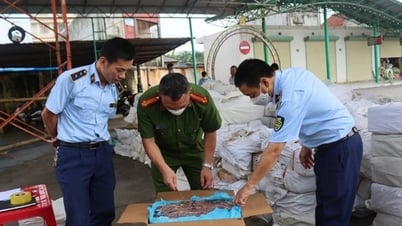




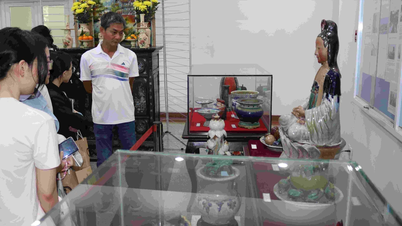





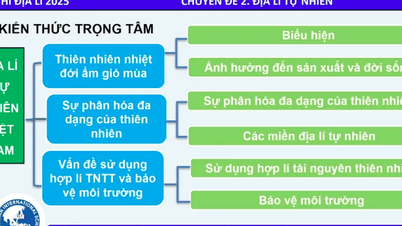

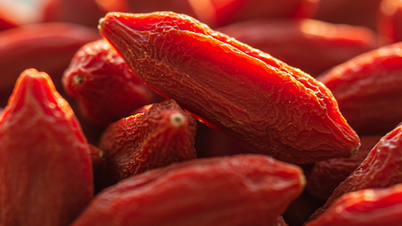


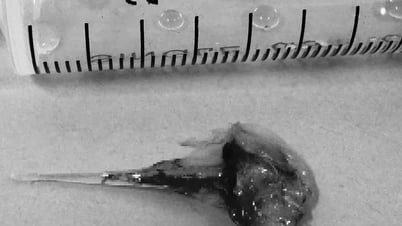




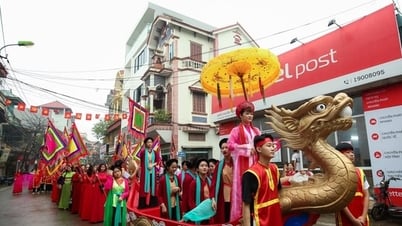



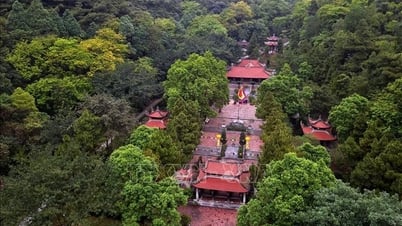



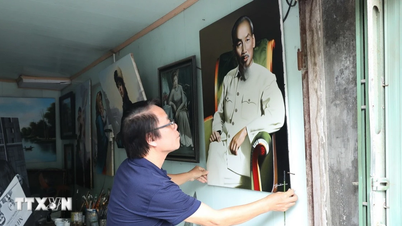
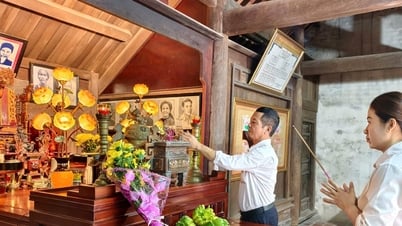





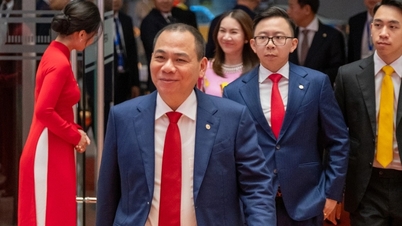














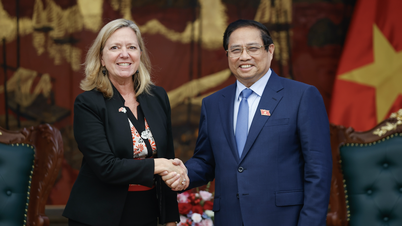




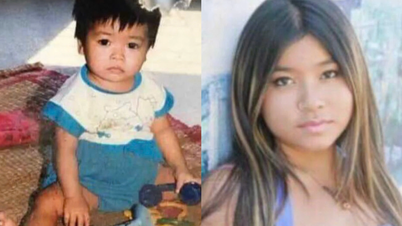






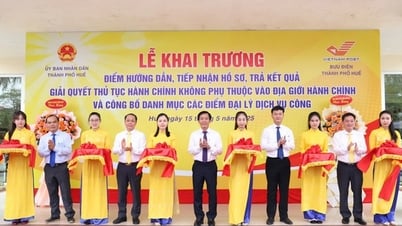
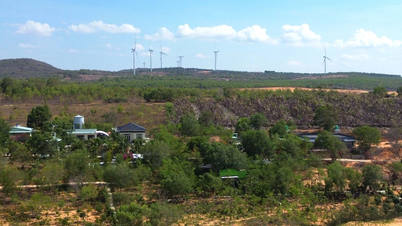
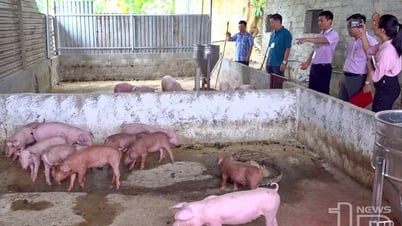

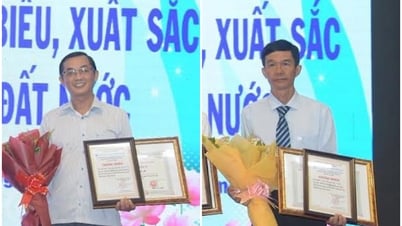


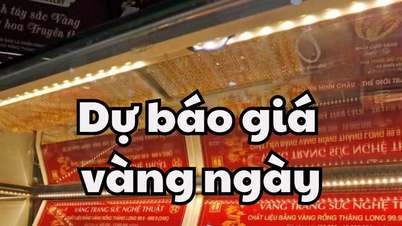


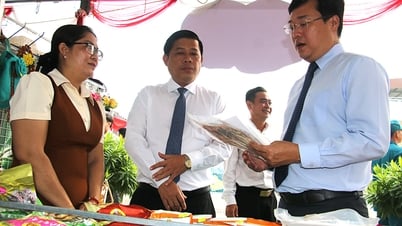
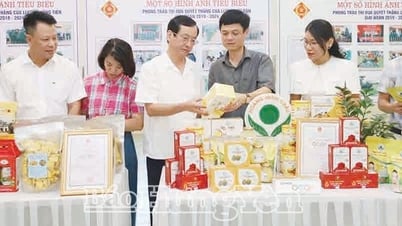

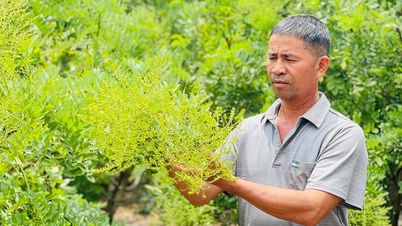

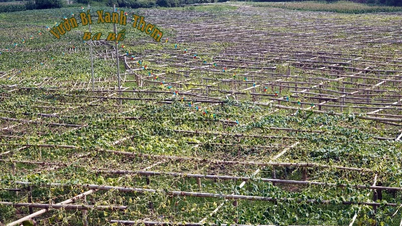



Comment (0)